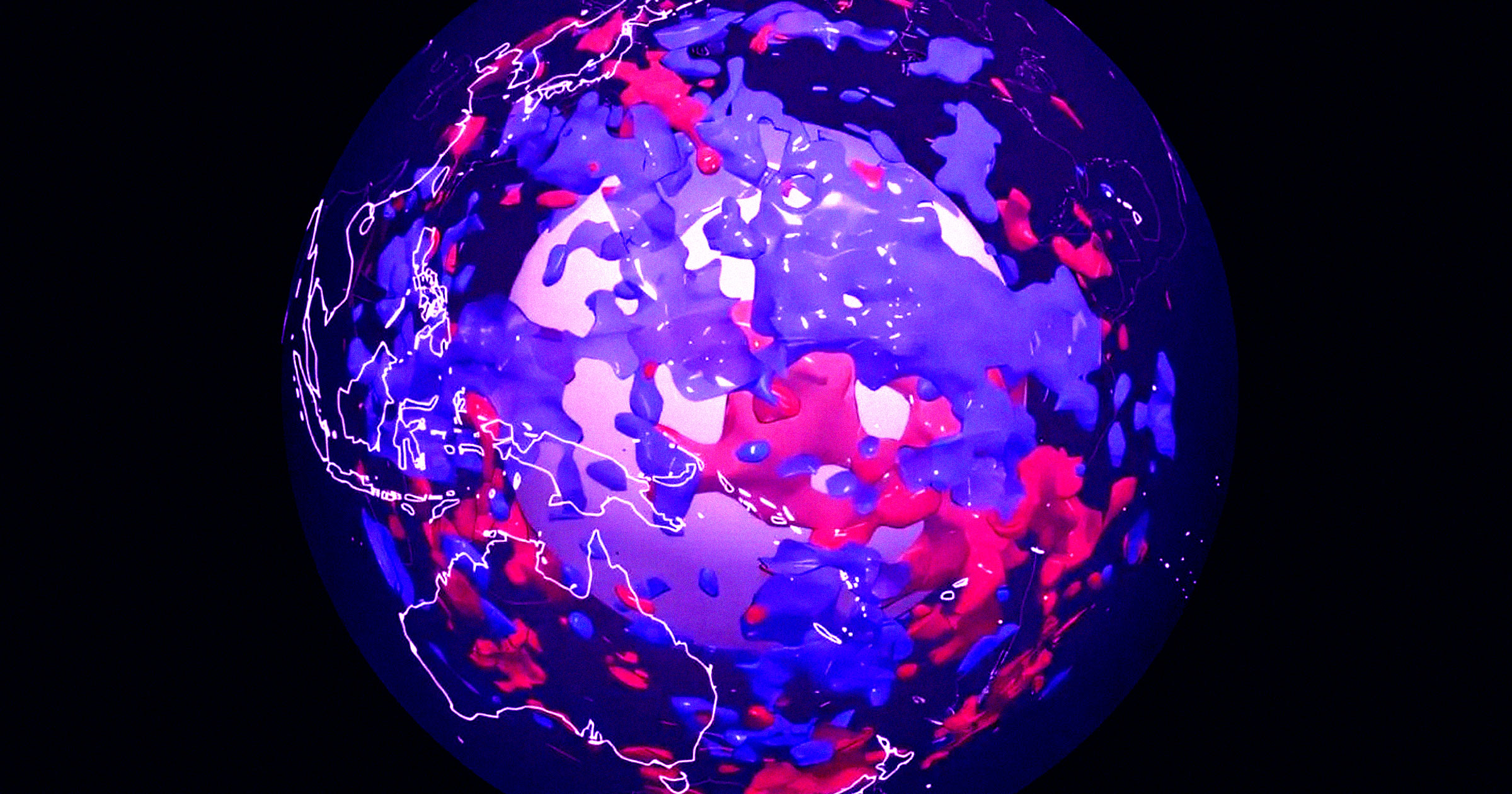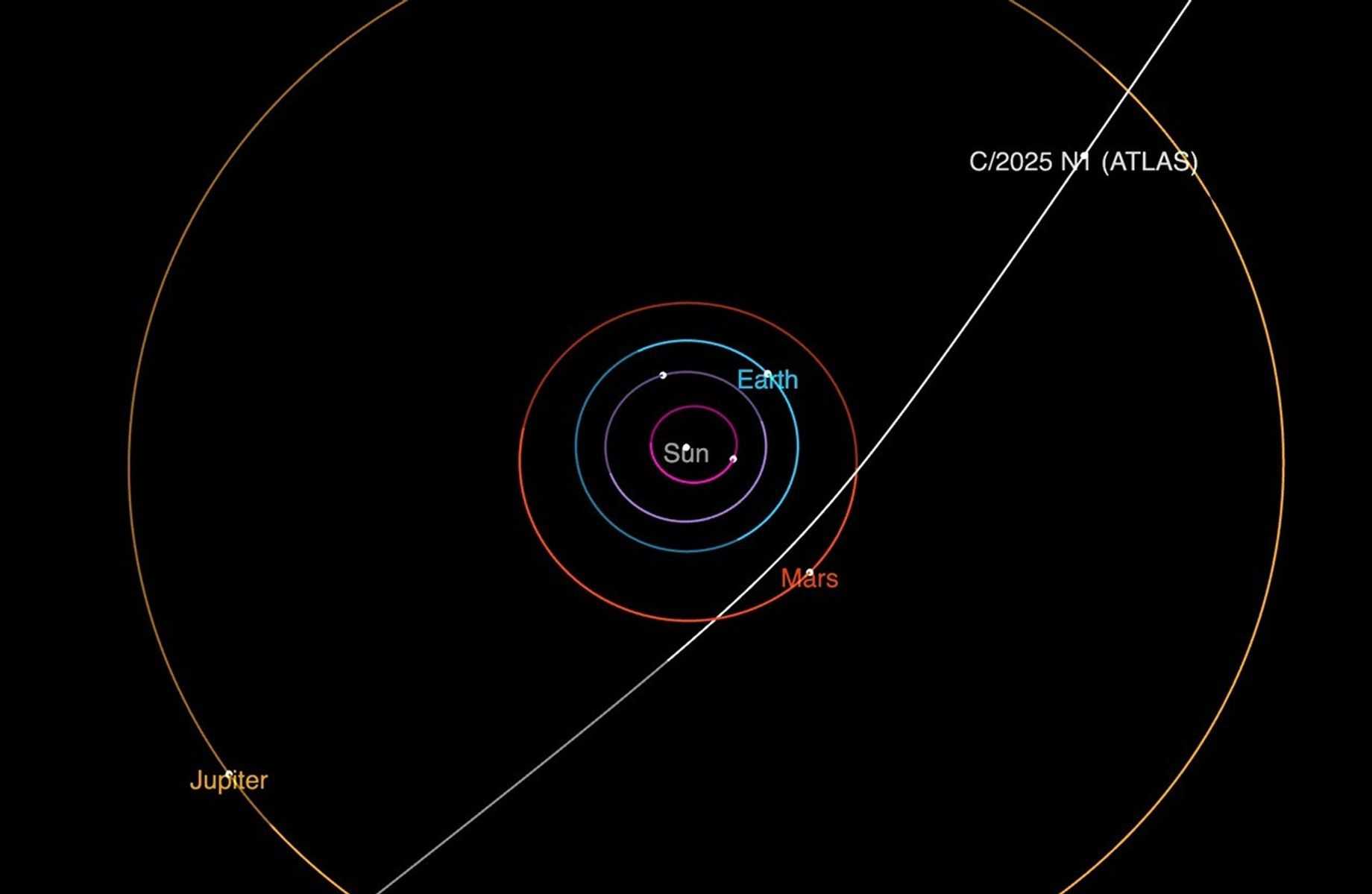In a significant advancement in Earth sciences, researchers have proposed that two immense structures located at the boundary between the Earth’s mantle and core may be closely related to the origin of life on our planet. The study, led by Yoshinori Miyazaki from Rutgers University, was published in the journal Nature Geoscience and presents a provocative hypothesis about these geological formations.
Unraveling Earth’s Mysteries
These continent-sized lumps of dense, hot rock lie approximately 1,800 miles beneath the surface, beneath regions such as Africa and the Pacific Ocean. They have been observed through seismic wave readings, revealing significant differences in the surrounding rock composition. “These are not random oddities,” Miyazaki stated, asserting that they represent “fingerprints of Earth’s earliest history.”
Current scientific understanding suggests that the early Earth formed a mantle billions of years ago from a massive ocean of magma. This process involved the separation of more concentrated materials from less concentrated ones over time, akin to how frozen juice separates into sugary concentrate and watery ice. However, supporting evidence for this theory has proven elusive.
Instead of the uniform layers expected, researchers have discovered large, irregular formations known as “large-low shear velocity provinces” and “ultra-low velocity zones.” These features are characteristic of the Earth’s lowermost mantle and present a contradiction to existing models. “If we start from the magma ocean and do the calculations, we don’t get what we see in Earth’s mantle today. Something was missing,” explained Miyazaki.
New Insights into Earth’s Formation
The research team modeled conditions present billions of years ago and proposed that a slow leakage of silicon and magnesium from the Earth’s core may have “contaminated” a “basal magma ocean.” This contamination could have prevented parts of the magma from solidifying, leading to the formation of the uneven structures observed today. “What we proposed was that it might be coming from material leaking out from the core,” Miyazaki noted.
This process could have also facilitated the cooling of the Earth, which would have played a crucial role in volcanic activity and the development of the planet’s atmosphere. Furthermore, this research may provide insights into why planets like Venus and Mars became inhospitable environments, unable to support life as we know it. “Earth has water, life, and a relatively stable atmosphere,” Miyazaki explained, contrasting it with the thick, carbon dioxide-rich atmosphere of Venus and the thin atmosphere of Mars.
Understanding the mechanisms behind these geological structures and the cooling process of planets may be essential in answering broader questions about planetary formation and habitability. “We don’t fully understand why that is,” Miyazaki acknowledged, emphasizing the significance of internal planetary processes in shaping environments.
While the findings represent just the beginning of a potentially transformative theory, Miyazaki expressed hope that such insights may offer “a little more certainty about how Earth evolved and why it’s so special.” The research underscores the intricate connections between geological processes and the emergence of life on our planet.







